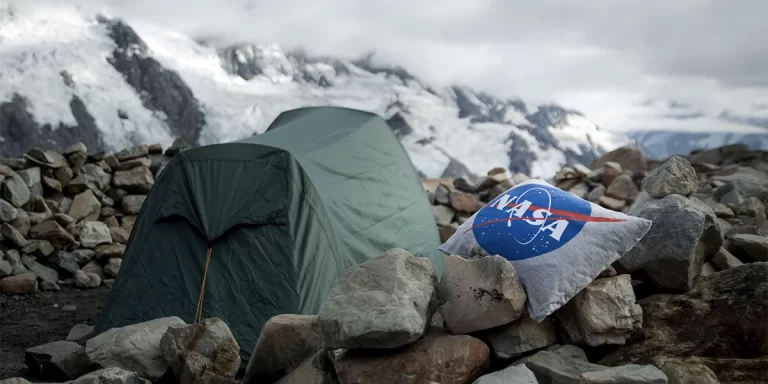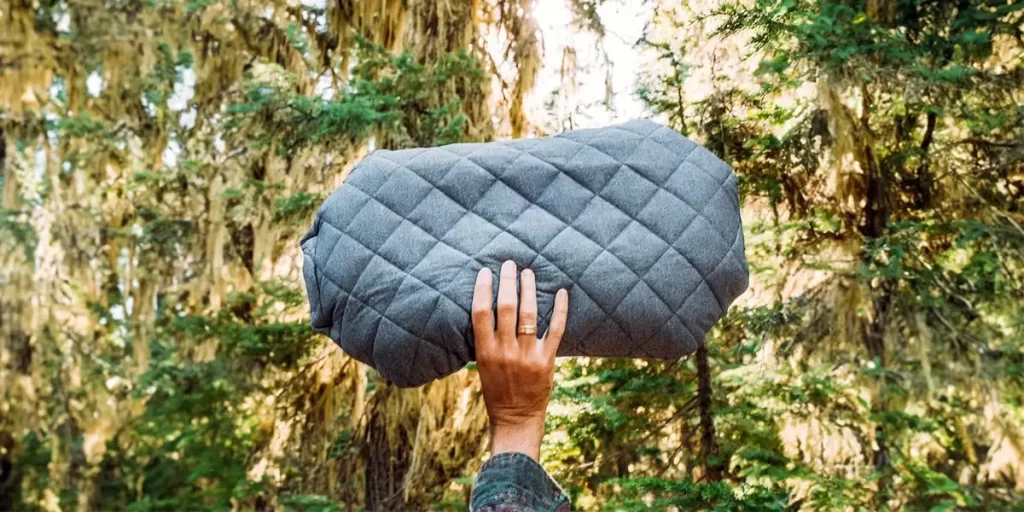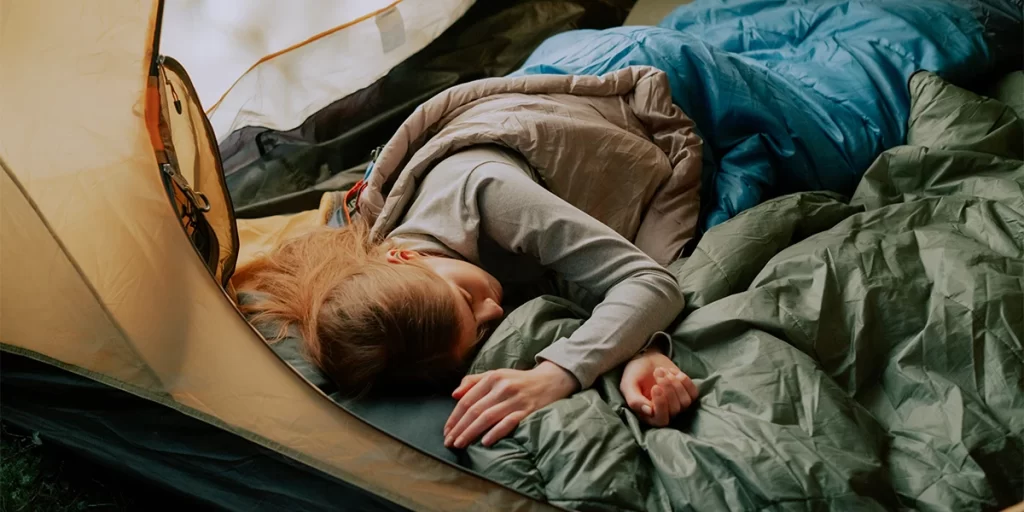

Ultralight backpackers prioritize minimizing weight and selecting gear purposefully. Some see a camping pillow as a luxury, while others swear by it.
In this post, we’ll explore the camping pillow debate and answer the question: Do you need a camping pillow?
Interested? Let’s begin.
In the wilderness, far from home comforts, quality sleep is precious. For ultralight backpackers, it’s not just rest; it’s vital for safety and enjoyment.
On the trail, a clear mind is your greatest asset. Quality sleep allows your brain to process experiences, solve problems, and make sound decisions.
Poor sleep can lead to fatigue, irritability, and a decrease in overall morale. Conversely, a well-rested backpacker is more likely to have higher endurance levels and a more positive outlook on their journey.

Camping pillows are small, portable pillows designed for outdoor use. They are typically made from lightweight, compressible materials like polyester, foam, and inflatable plastic to provide cushioning and improve sleep comfort in tents or under the stars.
There are four common types of camping pillows:
Let’s begin by exploring why some people don’t think camping pillows are necessary:
While they do add some weight and take up space in your pack, let’s explore why pillows might be worth it:

To be candid, we endorse the use of a camping pillow. In today’s day and age, we believe they should be on everyone’s camping checklist.
Surveys have shown that 85% of campers find a camping pillow significantly enhances their overall experience, while approximately 95% of seasoned campers recommend investing in a high-quality one for a good night’s sleep.
To assist you in making an informed decision, we’ve compiled expert camping tips and camping recommendations from experienced backpackers who have encountered this dilemma:
Also consider your sleeping position when choosing a camping pillow:
If you’re curious how to choose the perfect pillow in more detail, check out our dedicated post here.
As we’ve examined the pros and cons of pillows, one thing is clear: whether or not to carry a camping pillow is a personal choice.
Some ultralight backpackers value the comfort and improved sleep quality a pillow offers, even if it means a bit more weight to carry. They believe better sleep prepares them for the challenges of the trail. We’re in this group too. In our opinion, the pillow is one of the best pieces of camping equipment out there.
On the other hand, minimalists argue for adaptability and creative solutions, dismissing the need for a dedicated pillow. In the end, it’s your call, but remember: backpacking is about the experiences, not just gear weight.
For the most ultralight camping pillows, check out our TOP 5 guide. For other camping necessities check out our camping accessories section. For more camping ideas, check out our insights section.
Yes, it is generally safe to not use a pillow while sleeping. However, the choice to use or not use a pillow depends on personal comfort preferences and individual sleep needs. Some people find pillows beneficial for neck support and comfort, while others may sleep comfortably without one. Want a great piece of camping advice? Get yourself a camping pillow.
Camping pillows are typically made from a variety of materials, including inflatable options made from durable plastics like polyester, compressible pillows with insulating materials like foam or down, and hybrid designs that combine inflatables with fabric covers. These materials are chosen to provide comfort, support, and portability for outdoor enthusiasts.
When preparing for a camping trip, properly packing your pillow ensures it stays clean and undamaged. Most camping pillows come with a stuff sack or compression bag that compacts the pillow for packing in your backpack. Inflatable pillows deflate into very small spaces, while compressible/hybrid models can be lightly compressed to fit into their storage bag. Take care not to over-compress.
Popular retailers like REI, Amazon, and Moosejaw sell high-quality camping pillows and other camping essentials from leading outdoor brands like Therm-A-Rest, Nemo, Sea to Summit, and Sierra Designs. These brands are known for their durable and comfortable pillow designs perfect for backpacking adventures and a good night’s sleep in the wilderness.
One of the best camping tricks is to to make a simple DIY camping pillow. Start by using an old pillowcase, shirt, or towel as the pillow cover. Stuff it firmly with soft, compressible fill materials like clothes, towels, or plastic bags until you reach the desired thickness. Tie the end of the pillowcase closed or stitch it shut to contain the filling. For extra comfort and smoothness, place the stuffed pillowcase inside a second pillowcase or soft fabric cover.
Look for adjustable loft and firmness so you can customize comfort on the trail. Synthetic fills retain less moisture than down in humid conditions. Inflatables with soft covers provide good cushioning and make it easy to alter thickness as needed. Make sure your pillow dimensions fit your sleeping posture and consider multi-use pillows that can double as a seat pad during the day.